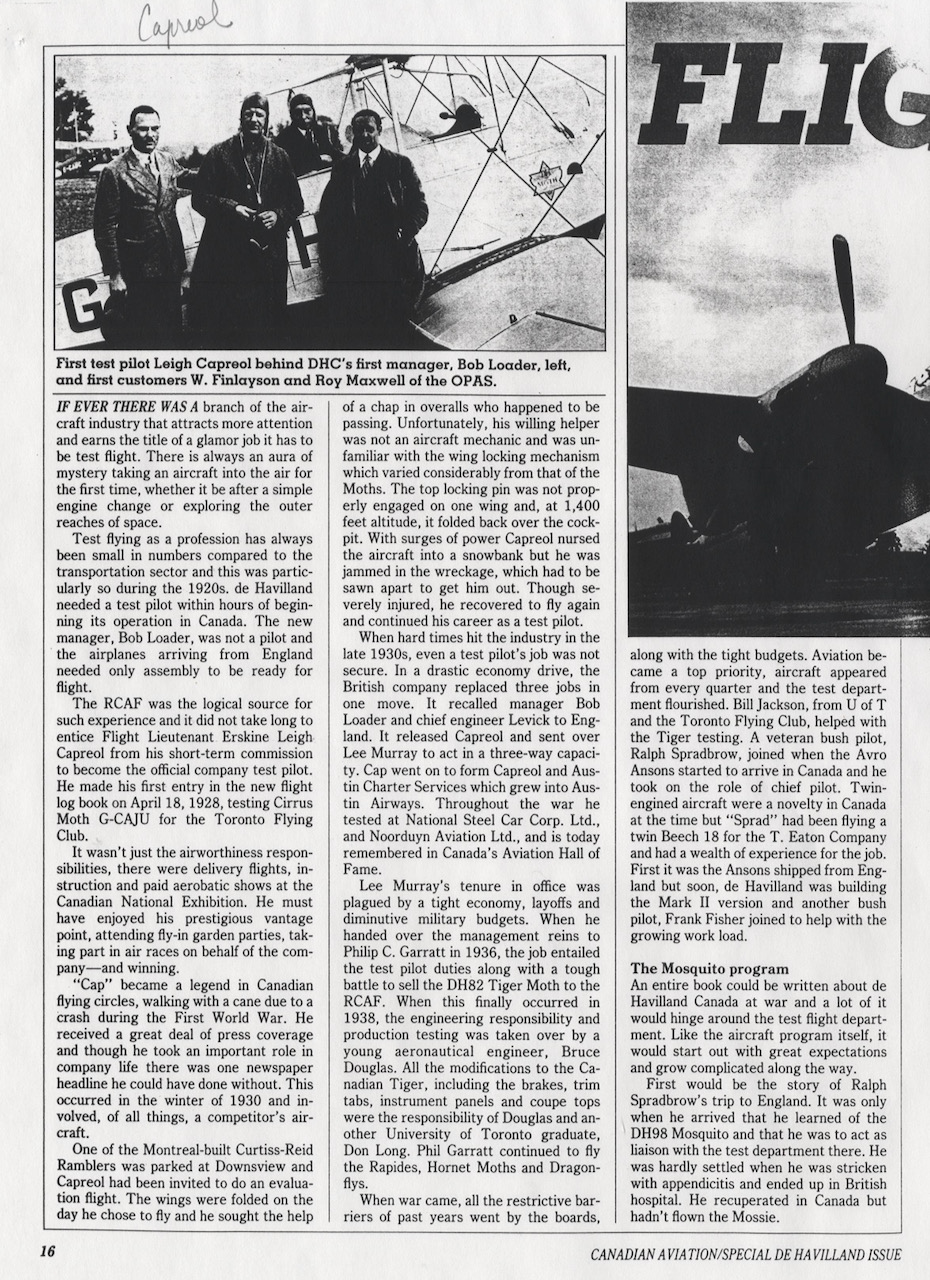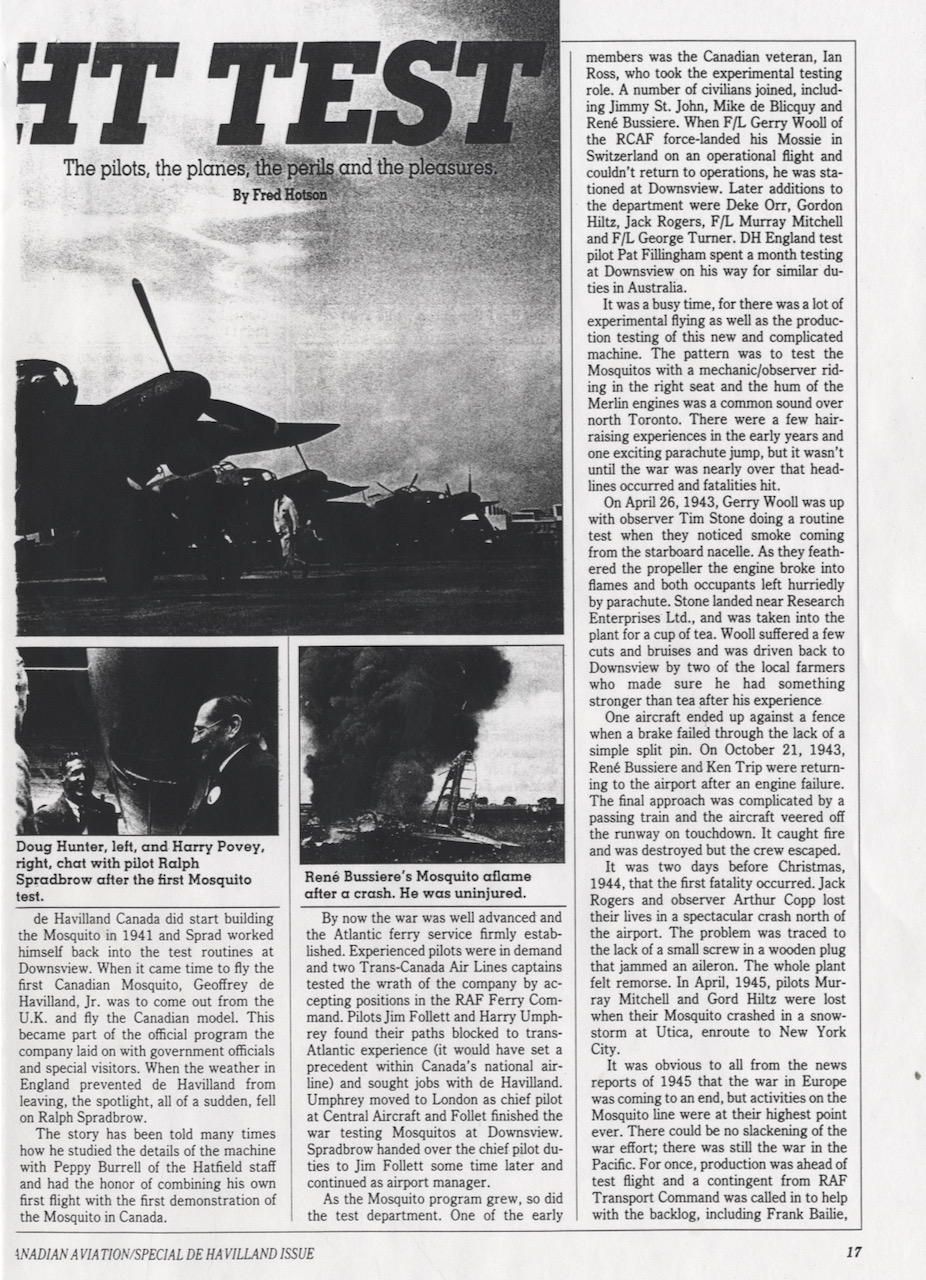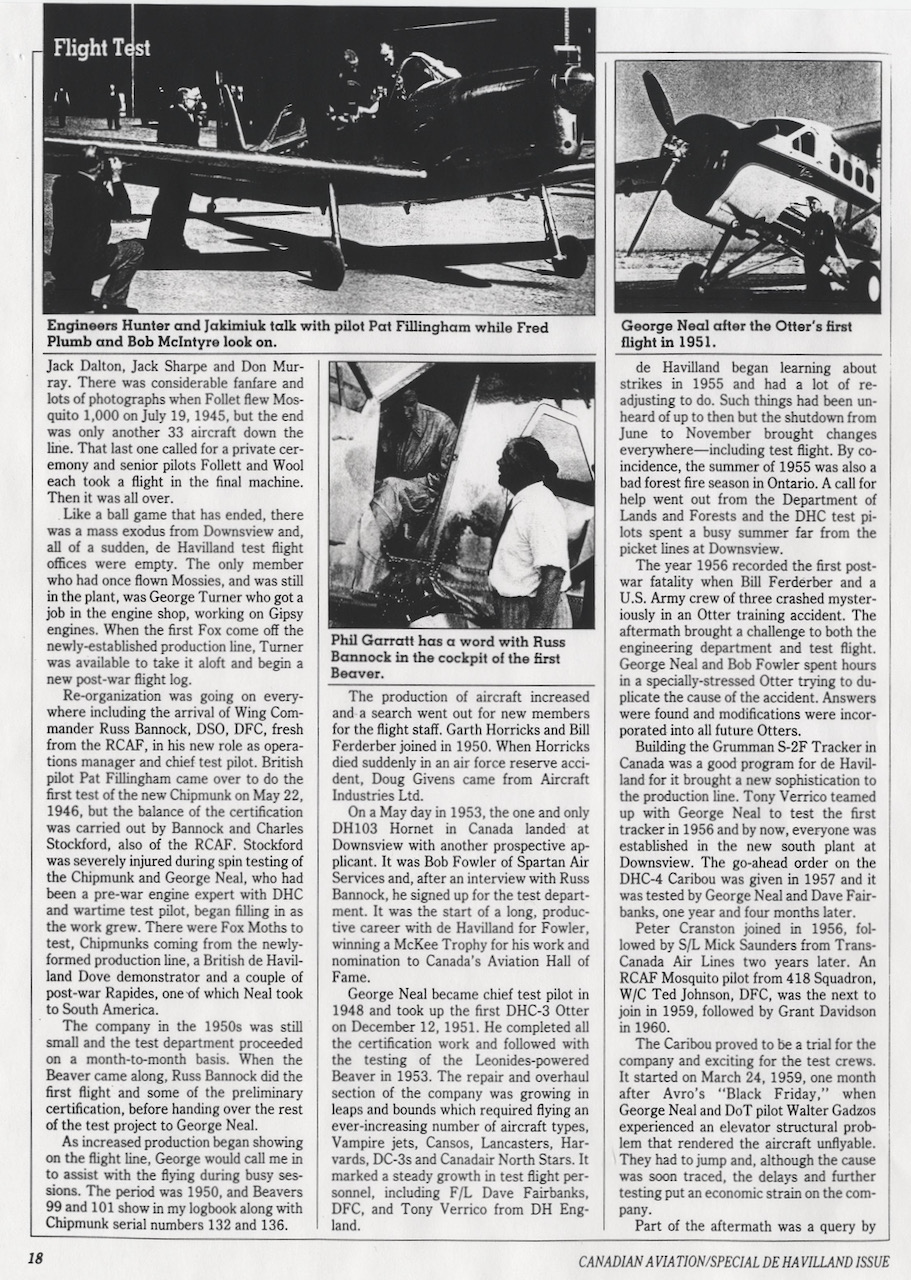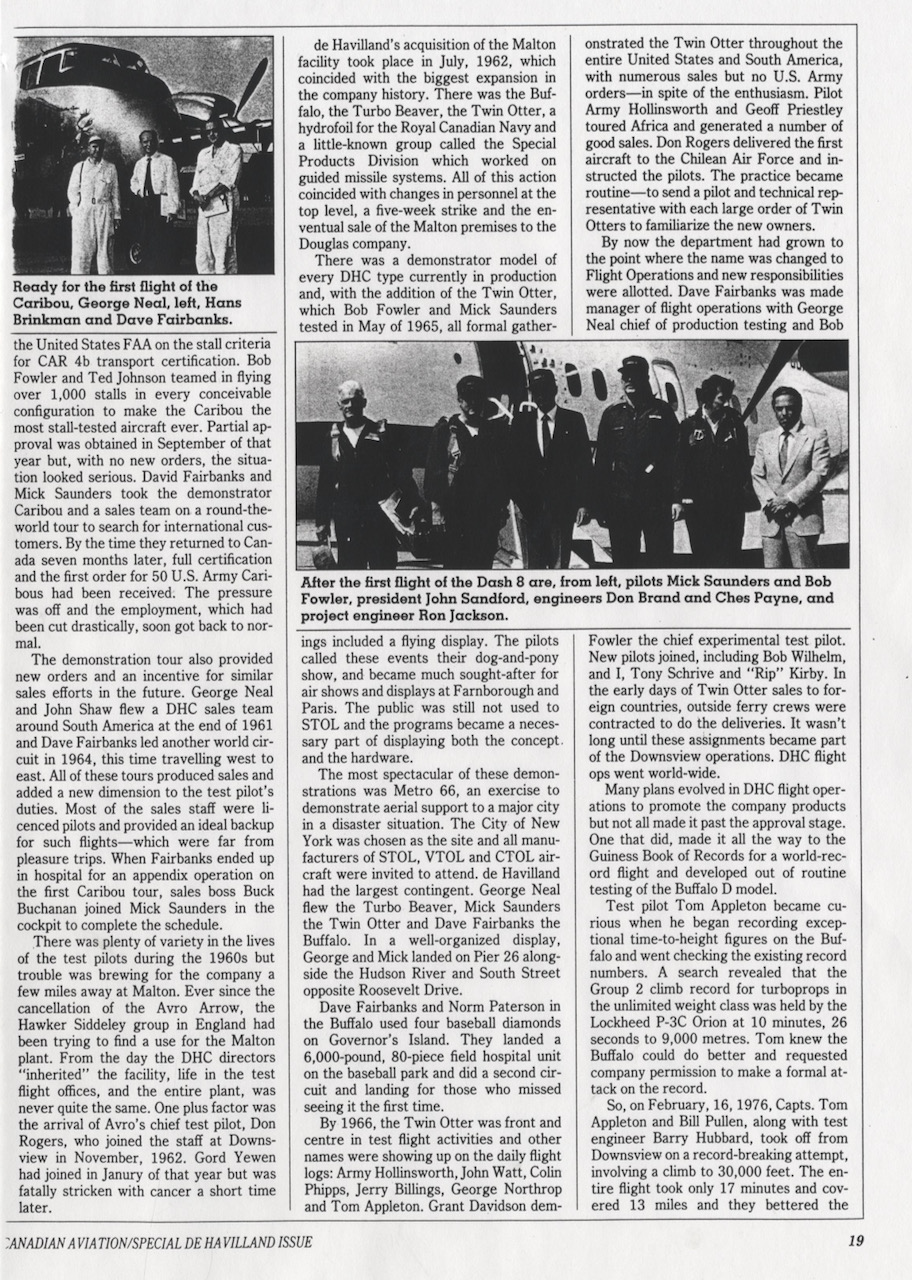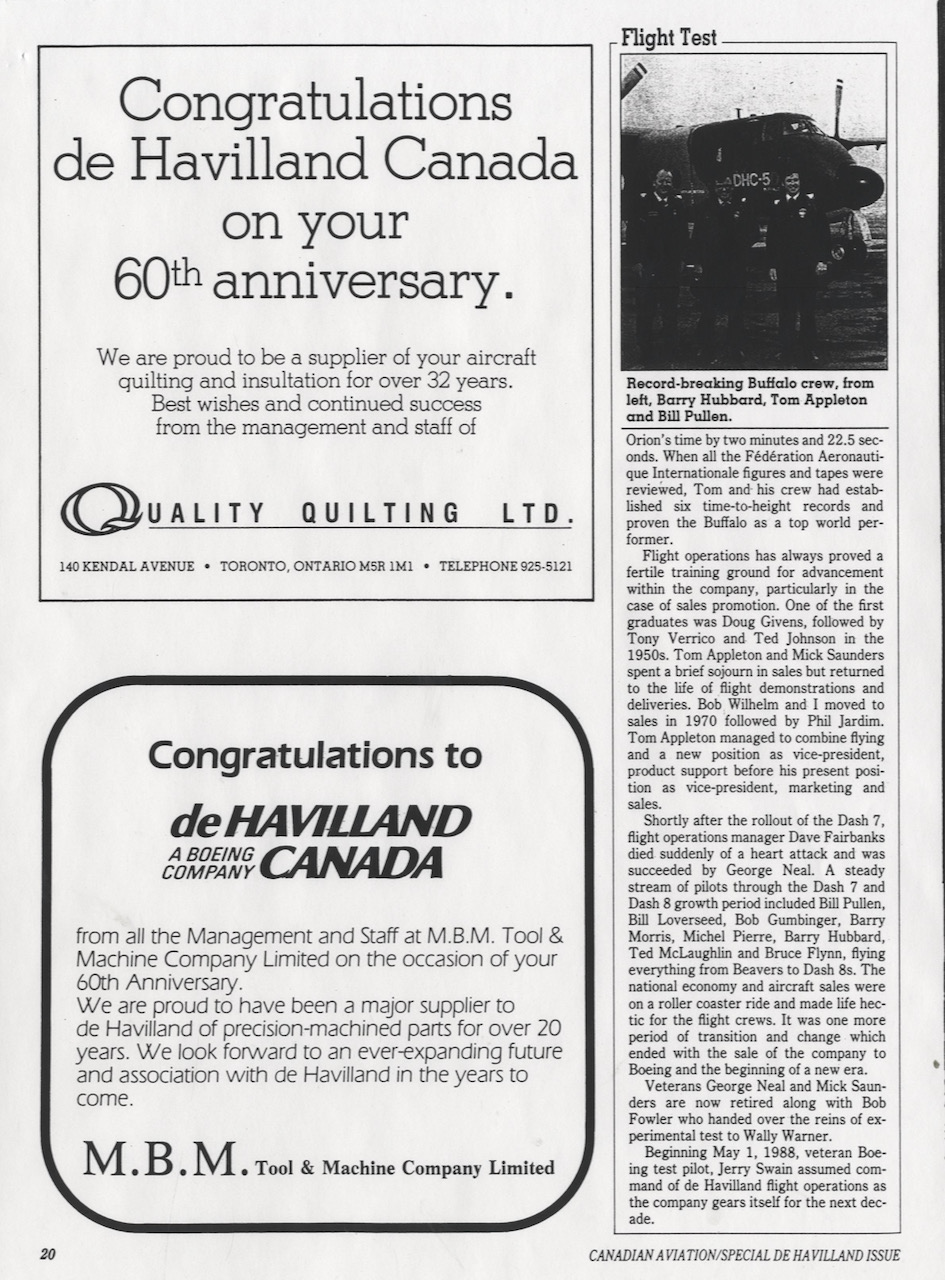Erskine Leigh Capreol
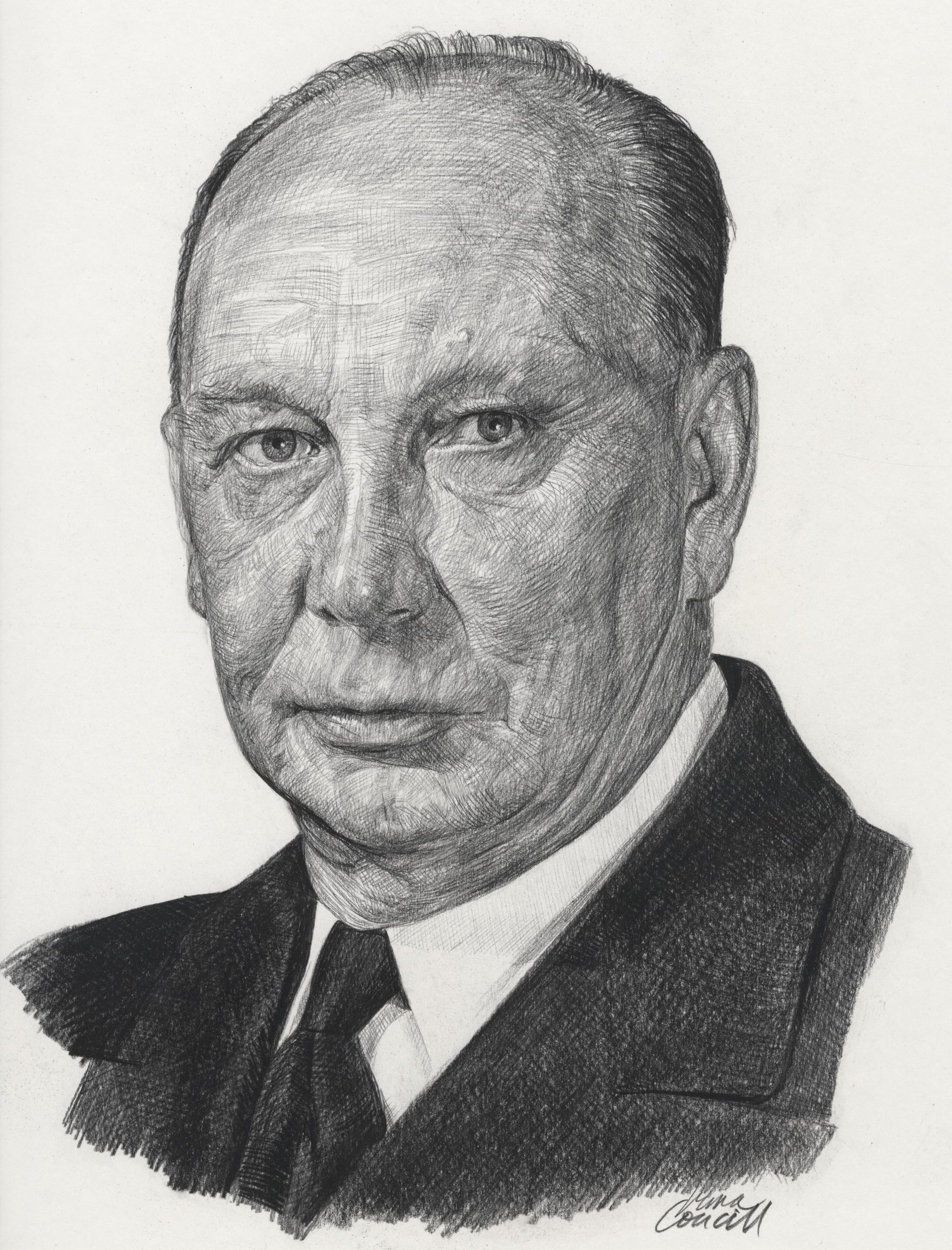
Birth Date: September 17, 1898
Birth Place: Ottawa, Ontario
Death Date: January 7, 1963
Year Inducted: 1981
His contributions in war and peace as a flying instructor, bush pilot, test pilot and aviation executive, coupled with his commitment to defeat all conditions of adversity, have been of outstanding benefit to Canadian aviation
Flying Overseas
Erskine Leigh Capreol was born in Ottawa, Ontario, on September 17, 1898, where he attended school. On graduation he enlisted in the Canadian Army, and served in France with the 77th, 73rd and 85th battalions of the Canadian Expeditionary Force. He was seconded to the Royal Flying Corps (RFC), in which he was commissioned in December 1917, after completing cadet training at Oxford, England.
He received his flight training at Yatesbury, England, after which he was posted to the School of Special Flying as a flying instructor. At the time, instructors communicated by the Gosport System in which the instructor talked through a rubber speaking tube to a student pilot while in flight.
In March of 1918 Capreol was promoted to Flight Lieutenant and joined the staff of the RFC's Central Flying School at Upavon Downs on Salisbury Plain, Wiltshire. While instructing, he was seriously injured in an aircraft accident. After 1-1/2 years in hospital he recovered, but for the remainder of his life he needed to use a cane.
Canada and DHC
On his return to Canada in 1920, he was employed by the American Bank Note Company in Ottawa. In 1927, on receiving the encouraging news from the medical authorities that he was fit to fly, he joined the RCAF at Camp Borden, Ontario, becoming an 'A2' category flying instructor, later upgraded to category 'A1'.
In March 1932, Capreol was hired by the newly formed de Havilland Aircraft of Canada Ltd. (DHC) as its chief test and demonstration pilot. During his six years with DHC he conducted manufacturer's tests on all new aircraft, as well as demonstrating them to potential customers. He was responsible for adapting these aircraft for service in northern Ontario and Quebec under all weather conditions.
These included the Gipsy, Puss, and Fox Moths. His research and development of floats and skis contributed significantly to the development of the successful Tiger Moth in January 1930. He also gave instructor flying courses to prospective flying club instructors and Ontario Provincial Air Service pilots.
New Opportunities
In 1934 he became General Manager and Chief Pilot of a newly formed company, Capreol and Austin Airways. This company was incorporated by Jack Austin and his brother Charles Austin, to operate charter flights into the mining areas of northern Ontario and Quebec from its seaplane base in Toronto Harbour. The company operated the first properly equipped flying ambulance in Canada with a Waco, which held a stretcher, nurse, and patient.
Capreol resigned in 1935 to accept the position of test and demonstration pilot for Noorduyn Aviation Limited, Montreal, Quebec. His experience was fully utilized in the initial flight testing of the first bush plane to be designed and manufactured in Canada, the Noorduyn Norseman. It was equipped with wheel, ski, and float capabilities to meet the demanding Canadian flying requirements and weather conditions.
In 1939 Capreol was loaned to National Steel Car, Malton Airport, Ontario, to test the first Lysander aircraft built there, and became involved in the initial flight testing of the North American Yale trainer. On completion of these assignments he returned to Noorduyn Aviation, which had been given a contract to construct Harvard trainers and Norseman aircraft. He had the responsibility of organizing the flight testing of hundreds of these aircraft.
Character and Perseverance
Capreol was actively involved in aviation for 37 years. He upheld the highest standards in research, test work, development, and instructing on all types of aircraft, using wheels, skis and floats. He ignored his physical handicap, and through example led others to do likewise. He earned the certificates which permitted him to act professionally in his demanding field of endeavour: Instructor's Licences, Commercial and Transport Pilot Certificates and an Air Engineer's Certificate.
In the early 1960's, Capreol accepted the position of Manager of the Dorval Airport, a new facility designed to accommodate the fast growing domestic and international air traffic into and out of Montreal. It is a credit to his managerial skills that the airport kept pace with the demands of this rapidly growing centre of aviation. In January 1963, the Minister of Transport, the Honourable Lionel Chevrier wrote, "When Leigh Capreol became manager of the airport, things took a different turn. He was held in the highest regard at Headquarters Ottawa."
Capreol died at Baie D'Urfe, Quebec, on January 7, 1963.
Erskine Leigh Capreol was inducted as a Member of Canada's Aviation Hall of Fame in 1981 at a ceremony held in Edmonton, Alberta.
News Stories
To return to the Inductee Page, please click here.



